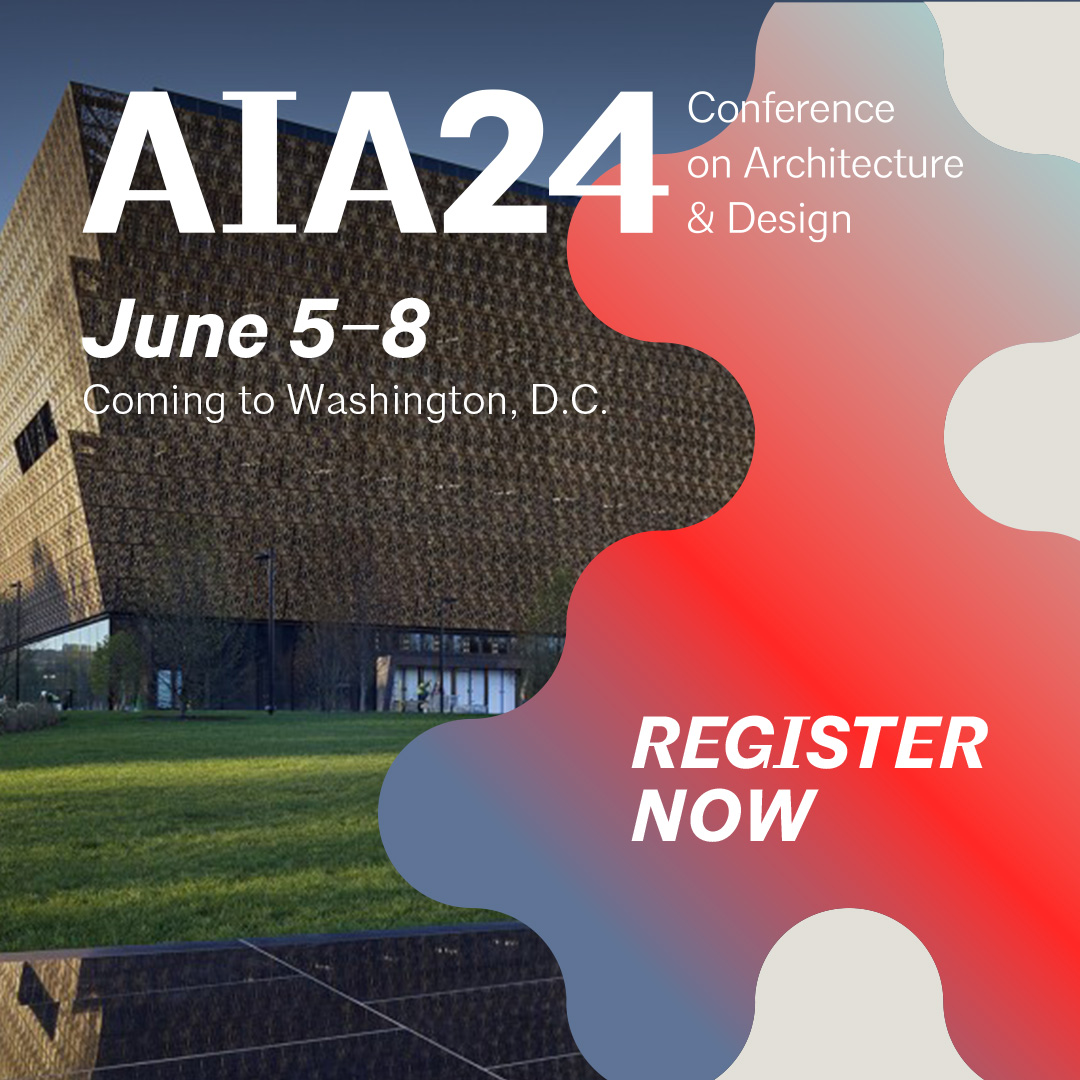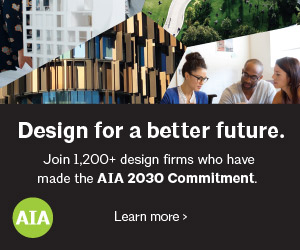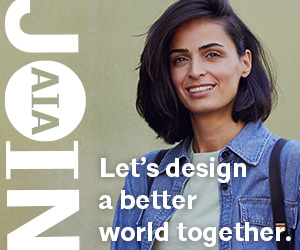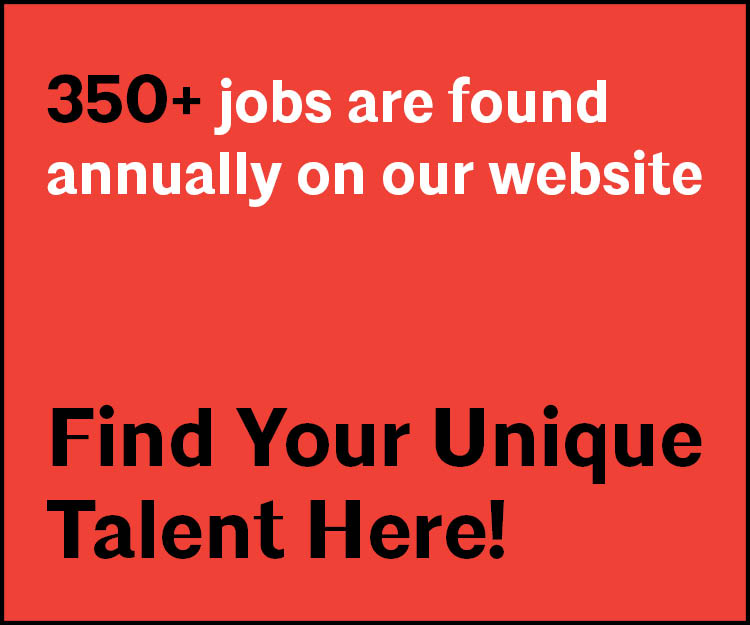I Am AIA:
Anton Dekom AIA
ExpandAnton Dekom AIA is an architect at The Miller Hull Partnership and has worked on a variety of project types from private sector commercial offices to public sector sustainable infrastructure. Anton co-chairs AIA Seattle’s Committee on Homelessness (COHO) and is a passionate advocate for affordable housing, inclusionary zoning, urbanism, and for members of our community who are living without shelter.
Why did you join AIA Seattle?
I joined AIA Seattle in 2017 after getting involved with the Homelessness Task Force (which is now the Committee on Homelessness, or COHO). Homelessness is an issue that is in the hearts and on the minds of many here in Seattle, myself included. Prior to joining the AIA, I had volunteered at tent encampments and tiny house villages, but after attending early task force meetings and talking with others who were also passionate about this issue I began to ask myself what I could do not only as a citizen of this city but also as an architect.
What is the value of AIA to you?
The AIA is a great place to meet and connect with other people… and not just architects! Since I joined the AIA a little more than a year and a half ago, I’ve met a lot of people in the design and construction industries—engineers, graphic designers, city planners, educators, contractors—and I continue to be inspired by the passion that everyone brings to the issues that they are interested in. The AIA has been a valuable platform for learning from others and for getting more people engaged and involved.
What relationships have you created?
I have enjoyed getting to know all of the folks on COHO. The group has only been around for about a year, but with each event (and with each round of beers that’s bound to follow) the group has felt more and more tight knit. I’ll also say that I have found immense value in some of the one-off conversations that I’ve had while working on committee programming, whether that has been with a panel discussion attendee, with AIA staff, or with some of the unsheltered folks that we’ve spoken with while volunteering in the community.





